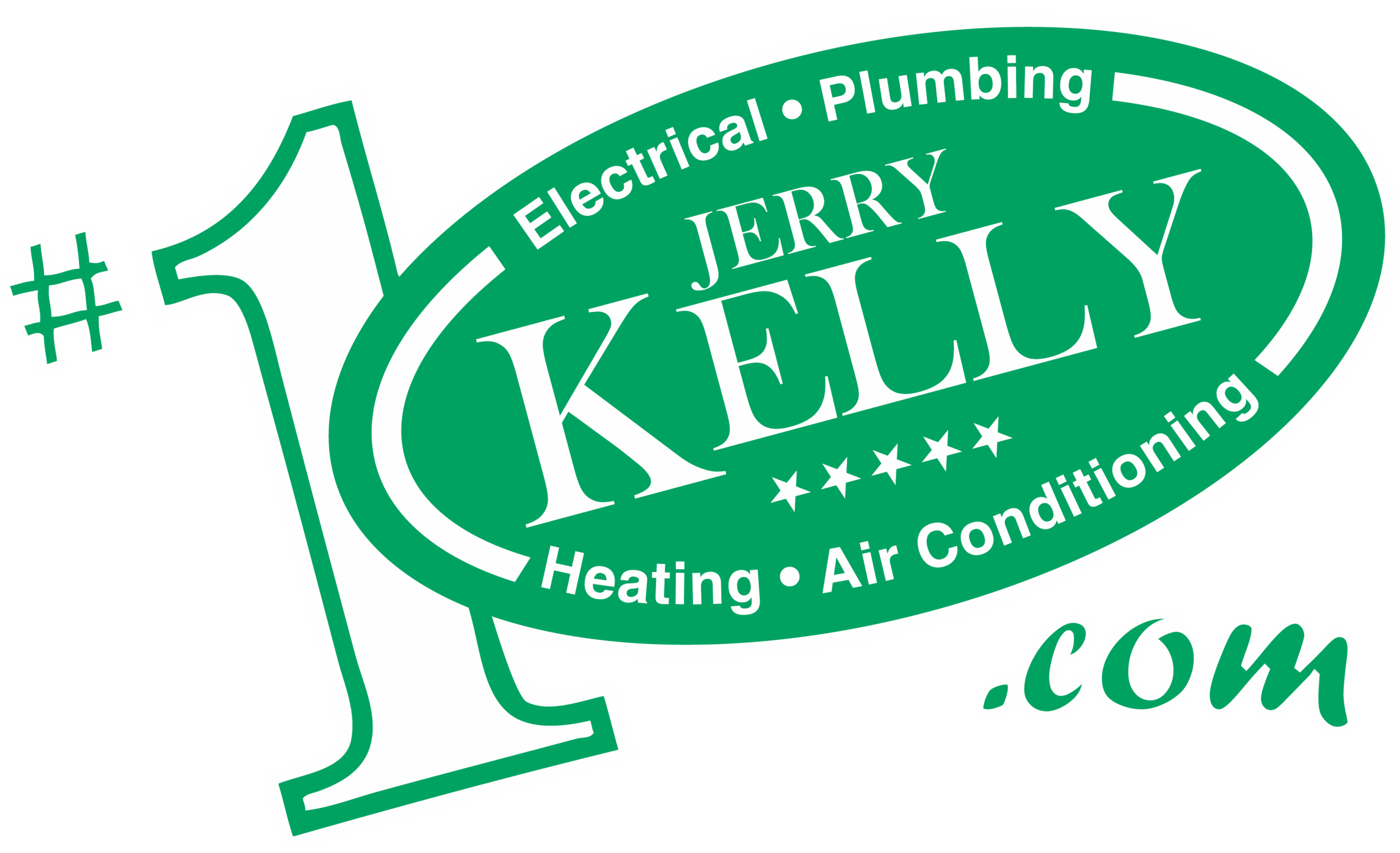Did you know that your air conditioner and furnace share some of the same components? In most St. Louis area homes, heating and cooling systems fit seamlessly together, allowing for an efficient and effective process for conditioning indoor air. So what are the different HVAC system components and how do they work together to heat and cool your home?
5 important HVAC system components
- Condenser unit. The condenser unit is located outside of your home and is only used during the cooling season. This unit houses the condenser and compressor and is where heat from your indoor air is transferred to the air outside via refrigerant.
- Refrigerant lines. Refrigerant lines are what connect your outdoor condenser unit to the indoor part of your HVAC system. Inside these lines, the refrigerant goes from a liquid to a high and low-pressure gas, giving it the ability to carry heat out of your home.
- Indoor units. The indoor part of your HVAC system houses the evaporator coil for your air conditioner as well as the burners and heat exchangers for your furnace. It’s here that heat is created for your home during the heating season and the air is cooled and dehumidified during the cooling season.
- Fan. In a split HVAC system, your furnace and air conditioner share a fan. The fan is responsible for forcing air over the evaporator coils during the cooling season (providing cool air for your home) and over the walls of the heat exchanger during the heating season (providing warm air for your home).
- Ductwork. Your heating and cooling units also share ductwork in a split-system HVAC unit. After the air has been heated or cooled, the fan blows the air through your ductwork where it is distributed to different rooms in your house.
If you have any questions about your HVAC system components, or if you’d like a cooling system serviced or installed in your home, contact Jerry Kelly Heating, Air Conditioning, Plumbing, & Electrical, your St. Louis area heating and cooling company.

